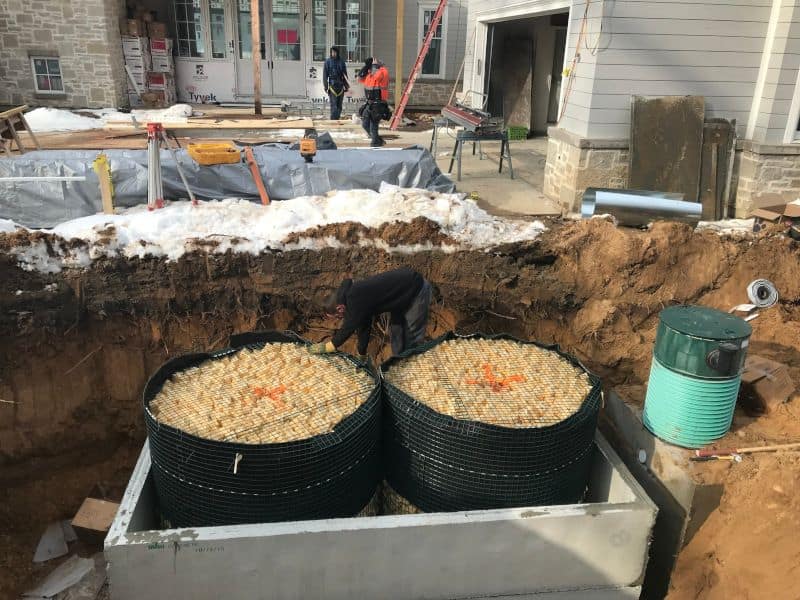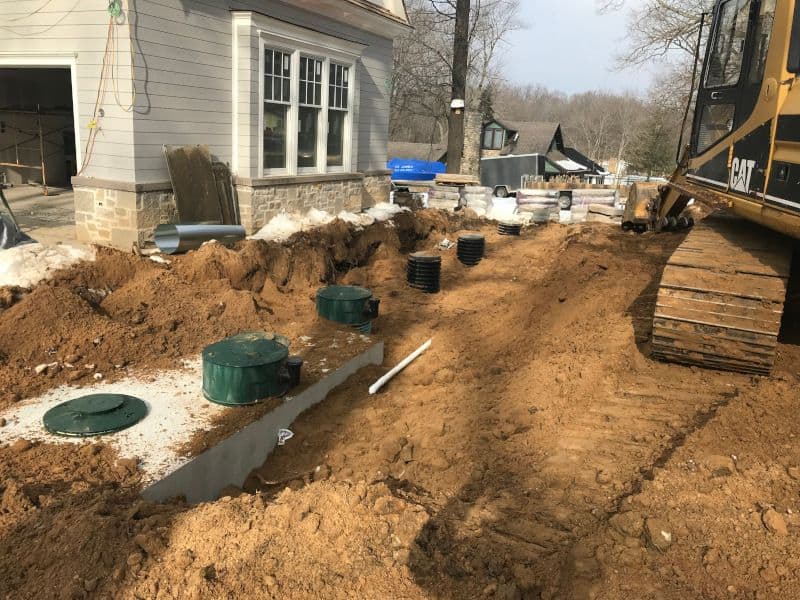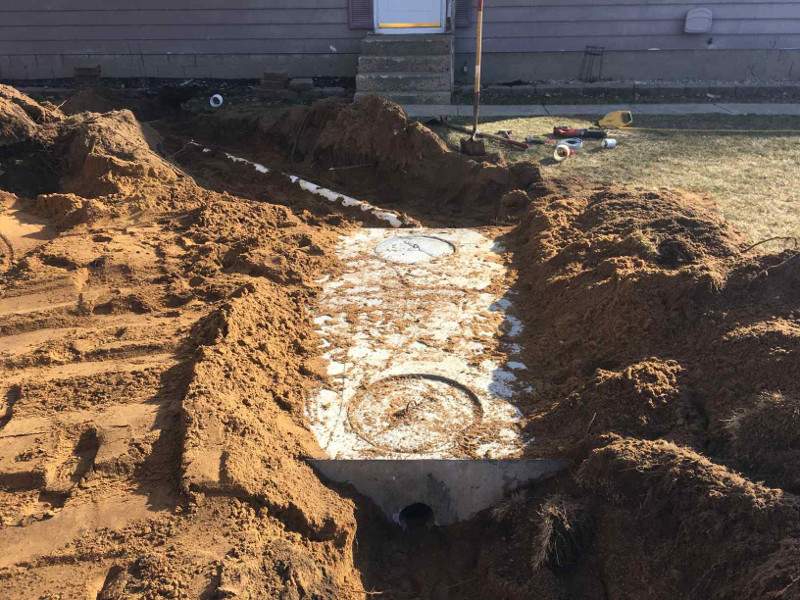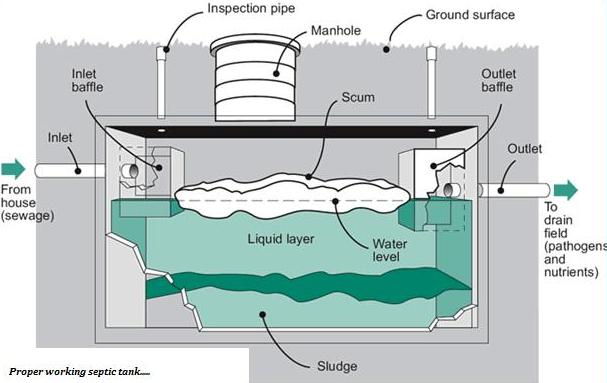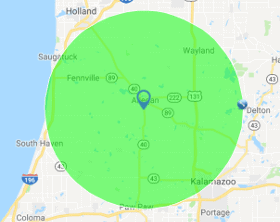Septic Tank Installations
In Our Business a Straight Flush Beats a Full House
Septic Tank Installations
Wray’s Septic Tank & Development provides prompt and professional Septic Tank Installations at fair prices. Our team has over 50 years of experience to provide you with superior septic system installations.
The last thing a new or existing homeowner wants to hear is “you need to replace your septic system”. If you suspect you are having issues, give us a call and we’ll take the time to meet with you, & assess the issues with your current system.
Wray’s Septic installs a “Bull Run™” alternator value with each new septic tank to extend the life of your drain field. This valve should be turned yearly to the opposite number and this allows one section of your drain field to rest for a period of time.
Call us today at (269) 673-4791 and we’ll be happy to schedule a visit. In the meantime, feel free to read a brief overview of Septic Systems.
Septic Systems 101
Septic systems are underground wastewater treatment facilities for individuals living outside of the city limits. As of 2007, it was estimated by the EPA that 20% of US households were using a septic system.
There are really two basic components of a septic system, the septic tank and a drain field. Most units are gravity-based solutions in which the tank is slightly below the grade of your house.
Septic Tanks
A Septic Tank is generally buried in your back or side yard closest to where your plumbing exits your home. These tanks are watertight boxes usually made of concrete or fiberglass with an inlet and outlet (see above). The waste water from your home (dishwasher, washer, sinks, toilets, showers, tubs,etc.) flows into the septic tank. The tank treats the wastewater naturally by holding it in the tank long enough for the solids and liquids to naturally separate via a process called “anaerobic digestion”.
Drain Fields
The septic drain field typically consists of an arrangement of trenches containing perforated pipes on top of crushed stones or gravel. The drainfield allows the pretreated wastewater to discharge through the piping in these trenches onto porous or sandy soils underneath the ground. The soil accepts, naturally treats, and disperses waste water back into the soil.
Signs of Failure
Foul odors outside around your septic tank location or drain field is a dead giveaway but it’s not always the first sign of a system which might need attention. It would be a good idea to call us if you see or experience any of the following:
- Slow drains or wastewater backing up
- Bright green grass or wet areas in the drainfield, even during a dry summer
- Strong odor around the septic tank area and drainfield

